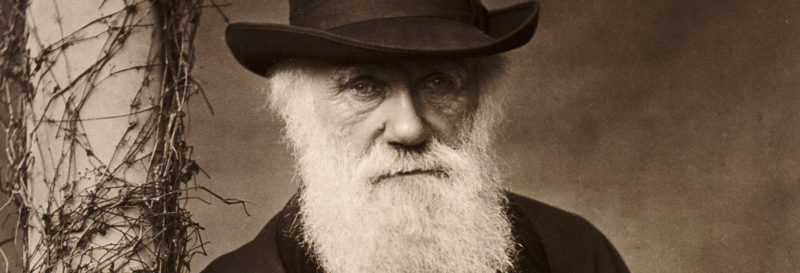
Human History in the Galapagos Islands
The wildlife and natural history of the Galapagos Islands is obviously their biggest draw. The vast number of endemic species and truly unique animal life, including marine iguanas and tortoise species, appeals to people all around the world. However, the islands have a fascinating human history too, telling the story about many different humans on the Galapagos islands.
Early history of Galapagos
Wondering about the very first humans on the Galapagos? There is a theory that the Incas may have visited the islands as far back as 1400, during a possible journey to Easter Island. However, there is no real evidence for this and most historians dismiss it as little more than guesswork.
What we do know is that Fray Tomas de Berlanga, the Bishop of Panama, landed here in 1535 after being blown off course on his way to Peru. The crew of the bishop’s ship scoured the islands for fresh water but were frustrated. However, the bishop kept an account of their visit and sent word to the king of Spain, telling of the other-worldly animals there.
Some years later in 1546, insubordinate soldiers of the conquistador Pizarro failed in a coup and were exiled from the continent, ending up on the ‘Enchanted Islands’.
Pirates and whalers
For several hundred years after these initial discoveries, the islands were temporarily home to cruel humans, like pirates and whalers sailing the dangerous and vast seas of the Pacific. They established makeshift ports in order to dock and even brought animals and other supplies to be permanently stationed here.
The presence of sperm whales in the waters nearby led to more and more whaling ships stopping during the 18th and 19th-century boom. Modern-day Galapagos tours will still give you some idea what it must have been like to end up here after months at sea.
The colonists
Whilst a stopping off point, the islands were not colonized in an official sense until 1807 when the islands had their first permanent resident. Irishman Patrick Watkins arrived on Floreana island after being marooned. The country of Ecuador claimed ownership in 1832 after achieving independence, changing the names of the islands to reflect this status. Floreana was named after general Flores.
Not long after, a young English scientist named Charles Darwin visited and was intrigued by the unique wildlife he found there. He formulated a theory of evolution, based on the data he gathered during his visit. The islands, therefore, secured their place in history as the home of one of science’s greatest ever discoveries.
Today, Galapagos tours let you take in the incredible natural splendor that all other visitors over the centuries have discovered. The islands are protected so most Galapagos tours take place aboard boats, sailing between island destinations on the Galapagos map. It’s a fascinating history and one that should be preserved carefully, much like the natural wonders of the archipelago.
Take a look of these tour programs:
1. Galapagos Itinerary: Enchanted Luxury East and West Galapagos Islands Cruise
2. Galapagos Tour: Stunning Galapagos Tour
3. The Andes Cotopaxi Ride and Climb
4. Peru Tour: Family Adventure Tour
5. Ecuador Tour: Otavalo Market

